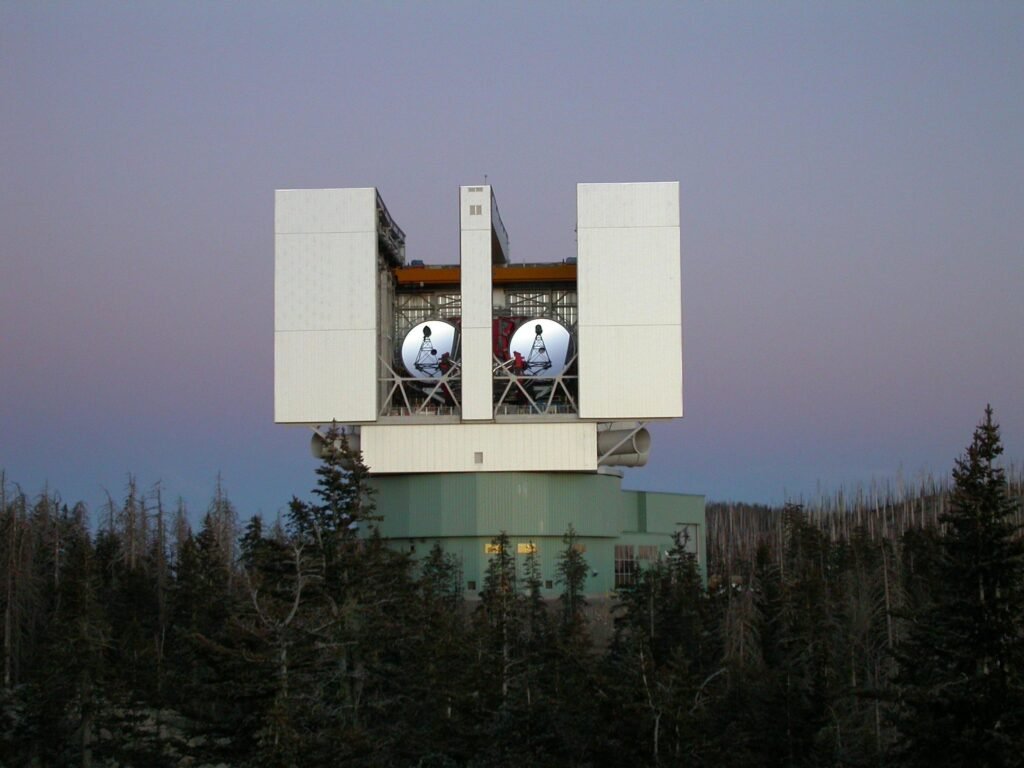When you look up at the Arizona night sky, free from the light pollution that plagues most of the world, you’re witnessing the same celestial canvas that has made this desert state America’s unofficial space capital. The vast, arid landscapes that stretch across Arizona don’t just resemble Mars—they’ve literally helped us prepare for missions to the Red Planet. From cutting-edge telescopes perched on mountaintops to training facilities where astronauts learn to survive in alien environments, Arizona has quietly become the backbone of humanity’s greatest adventure: exploring the cosmos.
Lowell Observatory Discovers Pluto and Beyond

In 1930, a young astronomer named Clyde Tombaugh peered through a telescope at Lowell Observatory in Flagstaff and spotted a tiny, moving dot that would change our understanding of the solar system forever. This discovery of Pluto marked just the beginning of Arizona’s contributions to planetary science. The observatory, founded by Percival Lowell in 1894, has since become a powerhouse of astronomical research, discovering moons around Pluto and contributing to our understanding of the outer solar system. Even today, researchers at Lowell continue to hunt for new worlds beyond Neptune, using sophisticated instruments that would make Tombaugh’s equipment look like a toy telescope. The facility’s high-altitude location and clear desert skies provide ideal conditions for deep space observations that simply aren’t possible in most other locations.
Kitt Peak National Observatory: America’s Telescope Capital

Perched 6,875 feet above sea level in the Sonoran Desert, Kitt Peak National Observatory houses the largest collection of optical telescopes in the world. This astronomical wonderland became operational in 1958 and quickly established Arizona as the premier destination for ground-based astronomy. The site’s exceptional atmospheric conditions, with over 290 clear nights per year, make it perfect for capturing the faint light from distant galaxies and nebulae. More than 20 telescopes of various sizes dot the mountain peak, including the massive 4-meter Mayall Telescope that has contributed to groundbreaking discoveries about dark energy. Scientists from around the globe travel to Kitt Peak to conduct research that pushes the boundaries of our cosmic knowledge.
Meteor Crater: Earth’s Best Preserved Impact Site

About 50,000 years ago, a metallic asteroid roughly 150 feet across slammed into the Arizona desert at 26,000 miles per hour, creating what we now call Meteor Crater. This nearly perfect bowl-shaped depression, stretching 4,000 feet across and 560 feet deep, serves as Earth’s best-preserved example of a cosmic impact. NASA has used this site extensively to train Apollo astronauts, teaching them to recognize impact features they might encounter on the Moon. The crater’s pristine condition allows scientists to study the physics of high-velocity impacts, knowledge that’s crucial for understanding how planets form and how to protect Earth from future asteroid threats. Researchers continue to use Meteor Crater as a natural laboratory for testing equipment and techniques that will be used on future missions to other worlds.
University of Arizona’s Lunar and Planetary Laboratory
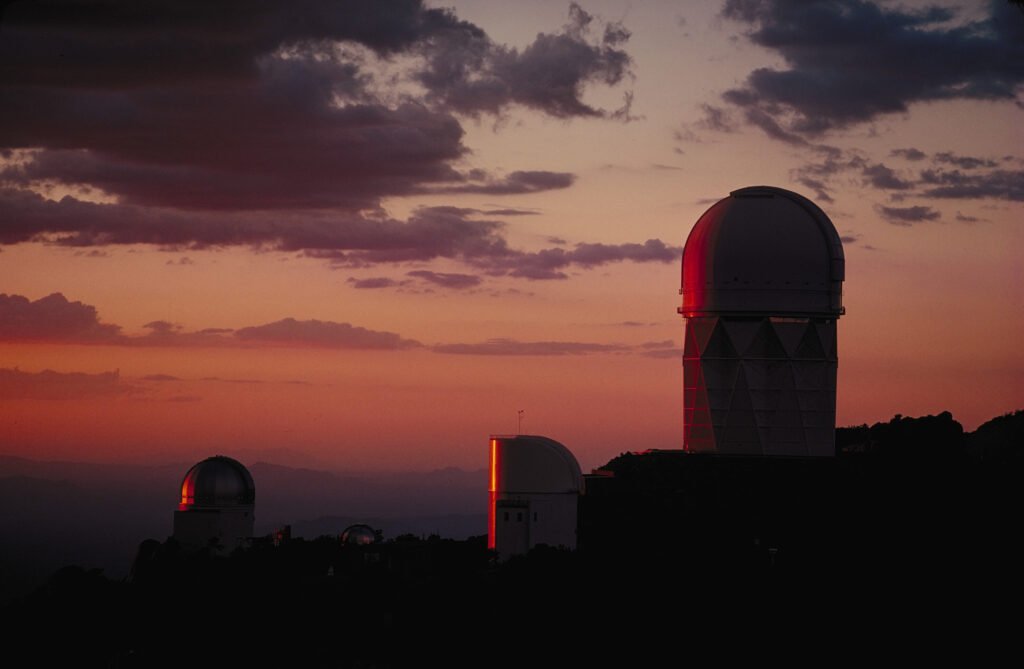
When NASA needed expertise in planetary science during the early days of the space program, they turned to the University of Arizona’s Lunar and Planetary Laboratory, established in 1960. This groundbreaking institution became the first university department dedicated entirely to studying other worlds. The lab’s scientists have been involved in virtually every major planetary mission, from mapping the Moon’s surface for Apollo landings to analyzing soil samples from Mars rovers. Their work on understanding planetary atmospheres, surface compositions, and geological processes has been fundamental to mission planning and success. Today, the laboratory continues to lead cutting-edge research that helps us understand everything from the formation of the solar system to the potential for life on other planets.
Mirror Lab Creates Eyes for Giant Telescopes

Deep beneath the University of Arizona’s football stadium lies one of the world’s most sophisticated mirror-making facilities. The Richard F. Caris Mirror Lab has revolutionized telescope construction by creating some of the largest and most precise mirrors ever made. These aren’t ordinary mirrors—they’re engineering marvels that can detect light that has traveled billions of years across the universe. The lab’s innovative spinning-furnace technique creates mirrors up to 27 feet in diameter with surfaces so smooth that if they were scaled up to the size of Earth, the largest imperfection would be only six feet tall. These mirrors now serve as the primary light-gathering components in observatories worldwide, dramatically expanding our ability to see deeper into space than ever before.
Biosphere 2: Testing Life Support for Space
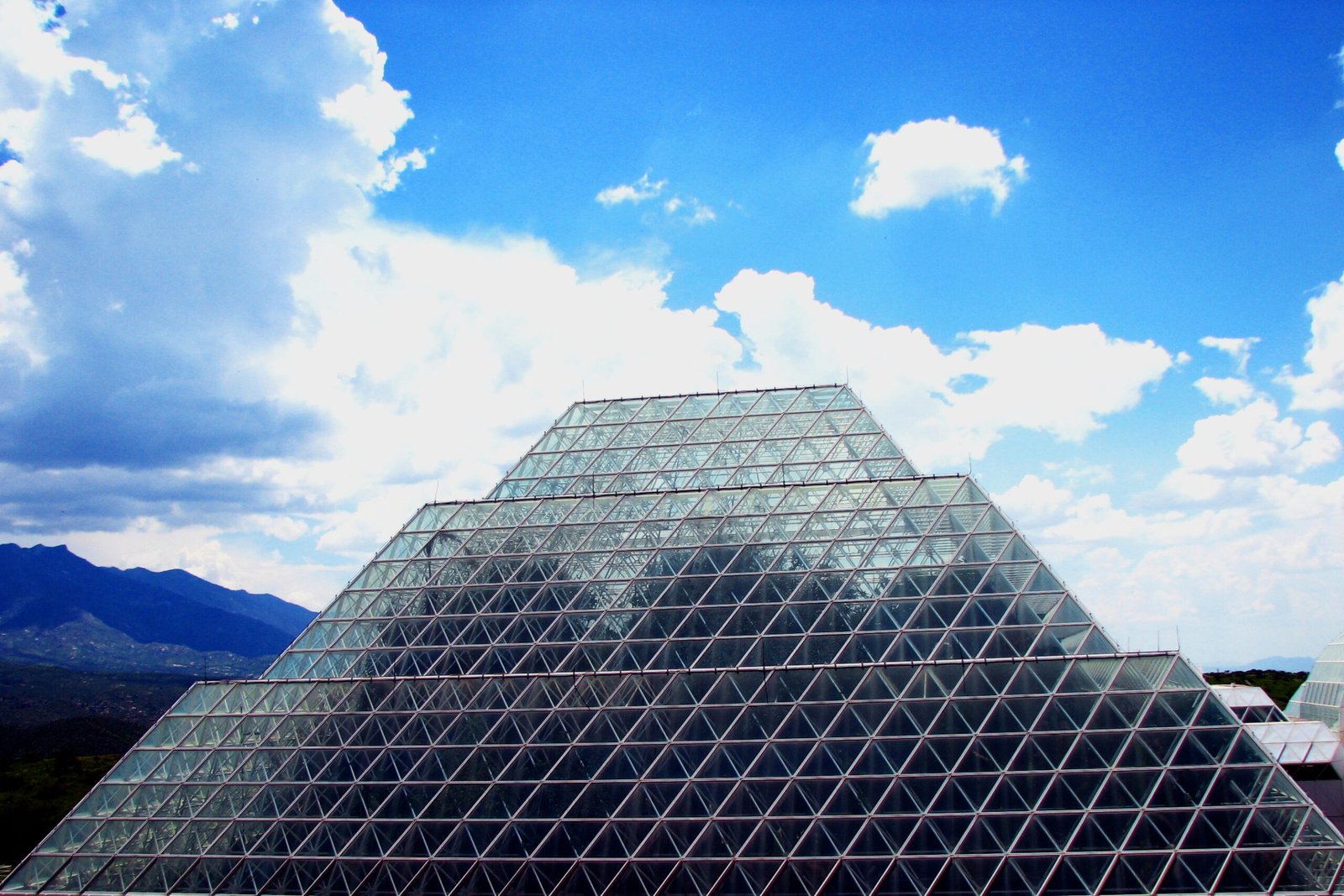
In the middle of the Arizona desert stands a glass pyramid that once housed eight people for two years in a completely sealed environment. Biosphere 2, built in the late 1980s, was designed to test whether humans could survive in a closed ecological system—knowledge that’s essential for long-term space missions to Mars and beyond. While the original experiments faced challenges, they provided invaluable data about growing food, recycling air and water, and maintaining psychological health in isolated environments. NASA has used lessons learned from Biosphere 2 to design life support systems for the International Space Station and future deep space missions. The facility continues to serve as a testing ground for technologies and techniques that will keep astronauts alive during multi-year journeys to other planets.
Atacama Desert Training Prepares for Mars

Arizona’s diverse desert landscapes provide perfect training grounds for astronauts preparing for missions to Mars and other planets. The state’s Sonoran Desert, with its extreme temperatures, minimal water, and rocky terrain, closely mimics conditions that future explorers will face on the Red Planet. NASA regularly conducts field training exercises in Arizona, teaching astronauts to operate equipment, collect samples, and survive in harsh environments. These desert simulations have been crucial for developing protocols for Mars missions, where astronauts will need to work efficiently while wearing bulky spacesuits in challenging terrain. The lessons learned in Arizona’s deserts have directly influenced the design of Mars rovers and the planning of future human missions to other worlds.
Optical Sciences Advances Space Imaging
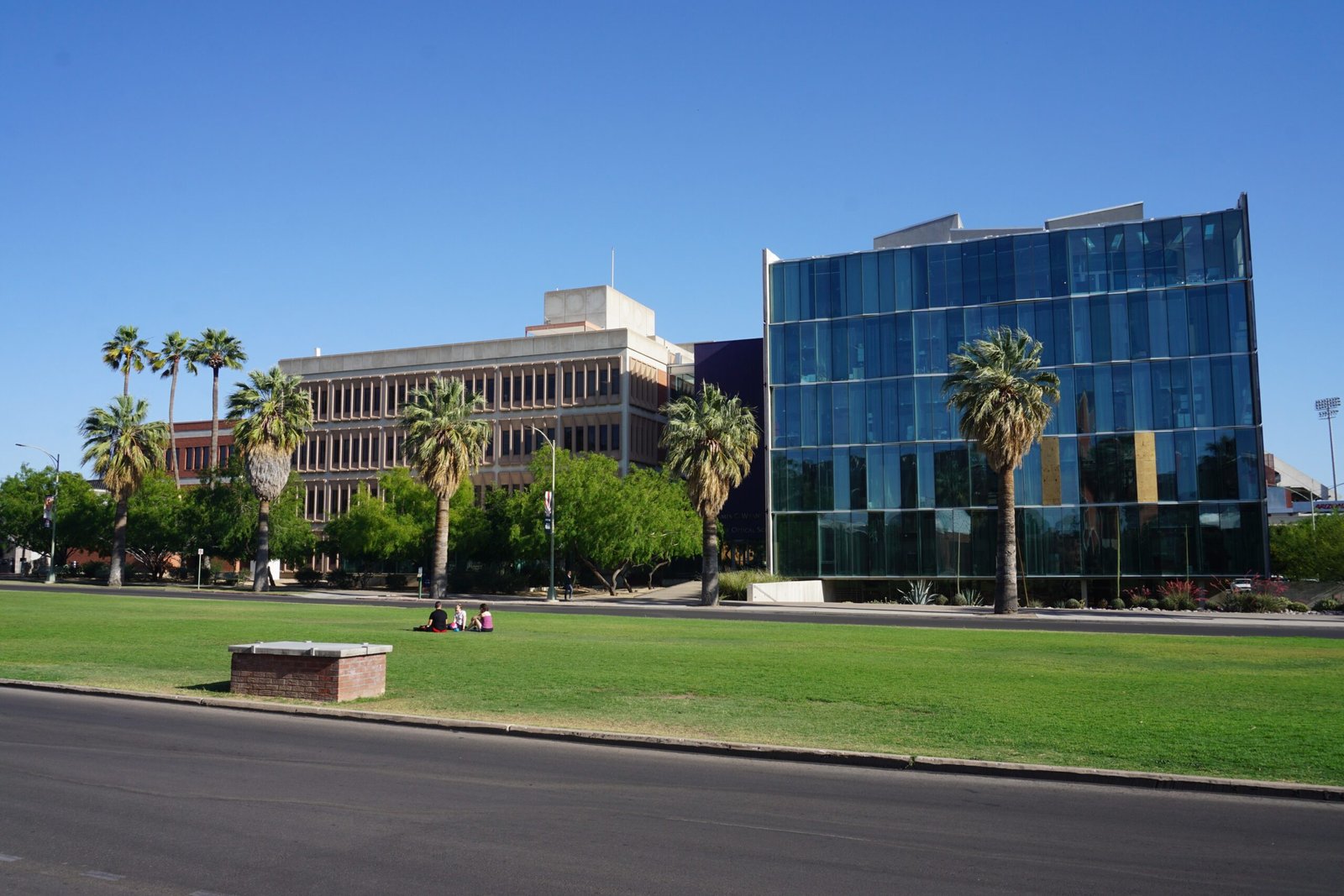
The University of Arizona’s College of Optical Sciences has developed some of the most advanced imaging systems ever sent to space. Their innovations in adaptive optics, which corrects for atmospheric distortion, have dramatically improved the quality of images from ground-based telescopes. The college’s researchers have also created sophisticated cameras and spectrometers that have flown on numerous NASA missions, providing detailed images and data from across the solar system. Their work on miniaturizing optical systems has made it possible to pack powerful imaging capabilities into small spacecraft, enabling missions that would have been impossible just decades ago. These technological advances continue to push the boundaries of what we can see and discover in the cosmos.
Spacewatch Program Hunts Dangerous Asteroids
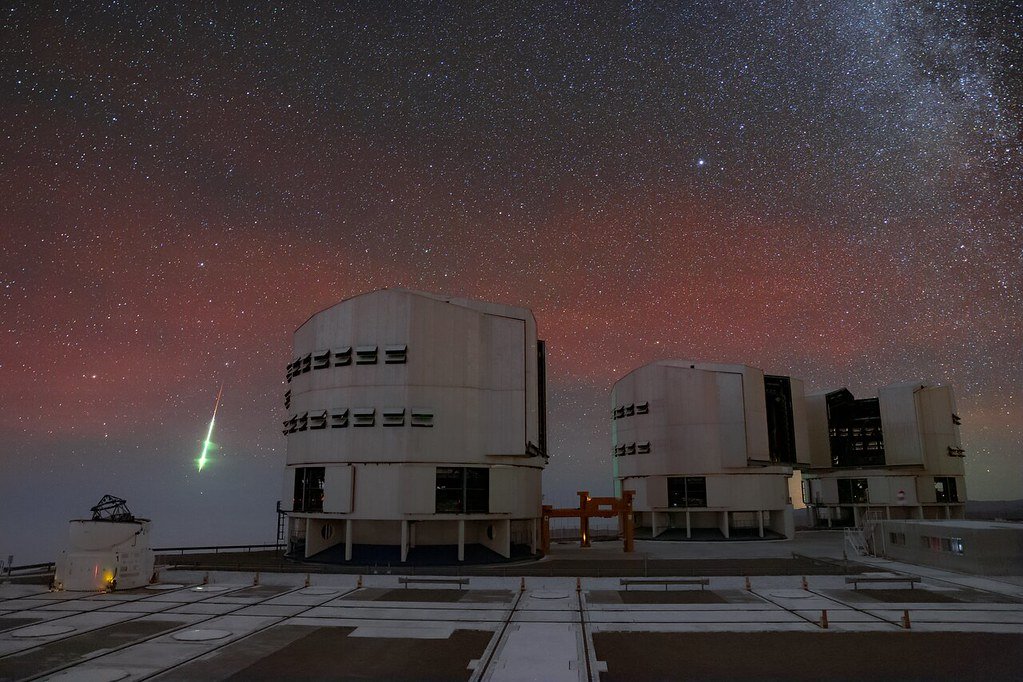
Since 1980, the University of Arizona’s Spacewatch program has been scanning the skies for asteroids that could potentially threaten Earth. This pioneering effort has discovered thousands of near-Earth objects, including many that pass uncomfortably close to our planet. The program’s sophisticated detection systems can spot asteroids as small as a few meters across, providing early warning of potential impacts. Spacewatch has also contributed to our understanding of the asteroid population throughout the solar system, helping scientists learn about the building blocks from which planets formed. Their work has been instrumental in developing planetary defense strategies and has made Arizona a global leader in protecting Earth from cosmic threats.
Phoenix Mars Mission Touches Down Successfully
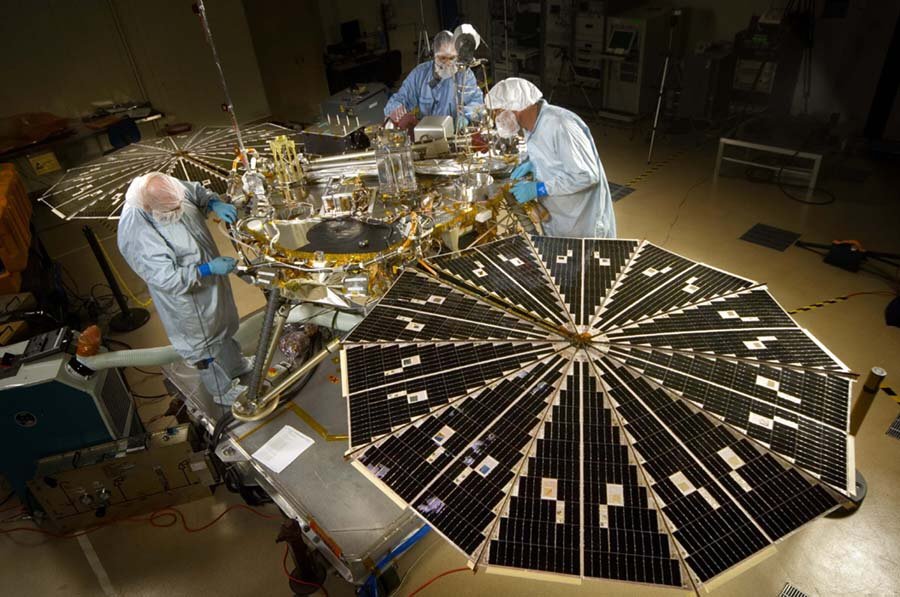
In 2008, the Phoenix Mars Lander, managed by the University of Arizona, successfully touched down near the Martian north pole and made one of the most significant discoveries in planetary science. The mission confirmed the presence of water ice just beneath the Martian surface, fundamentally changing our understanding of the Red Planet’s potential for supporting life. Phoenix’s sophisticated instruments, many developed in Arizona laboratories, analyzed soil samples and atmospheric conditions with unprecedented precision. The mission’s success demonstrated Arizona’s expertise in interplanetary exploration and paved the way for future Mars missions. The data collected by Phoenix continues to inform our understanding of Martian geology and climate, making it one of the most successful planetary missions ever undertaken.
OSIRIS-REx Returns Asteroid Samples to Earth
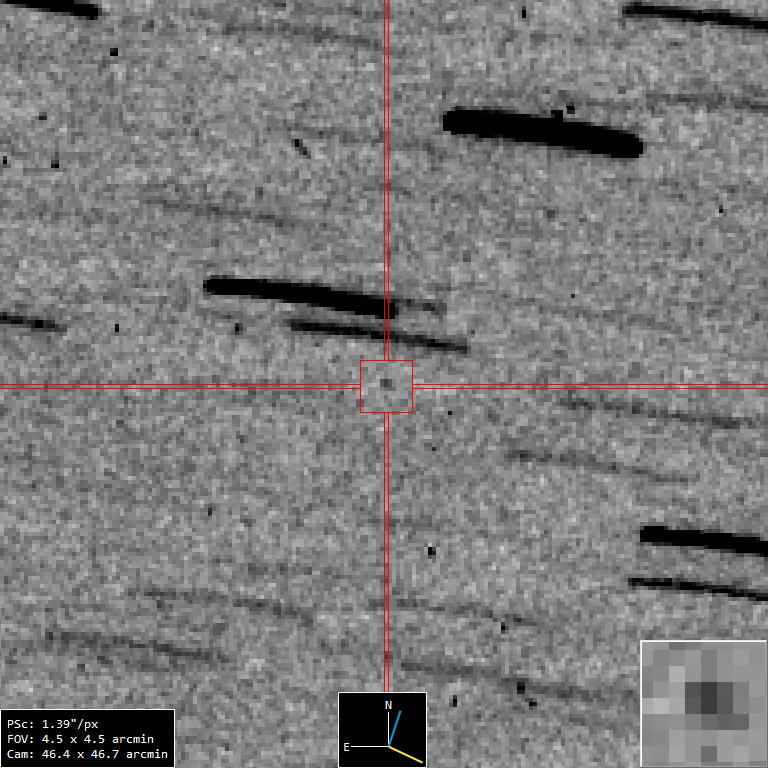
The OSIRIS-REx mission, led by the University of Arizona, achieved something that seemed impossible just decades ago: it traveled to an asteroid, collected samples, and returned them safely to Earth. Launched in 2016, the spacecraft spent two years studying the asteroid Bennu before successfully grabbing a sample of its surface material. The mission required incredible precision, as the spacecraft had to navigate to a small asteroid millions of miles from Earth and perform a delicate sampling maneuver. The samples returned by OSIRIS-REx are providing scientists with pristine material from the early solar system, offering insights into how planets formed and how life might have originated. This achievement represents one of the most complex robotic missions ever attempted and showcases Arizona’s leadership in planetary exploration.
HiRISE Camera Reveals Mars in Stunning Detail

The High Resolution Imaging Science Experiment (HiRISE) camera, built at the University of Arizona, has revolutionized our view of Mars from orbit. This powerful instrument aboard NASA’s Mars Reconnaissance Orbiter can capture images of the Martian surface with incredible detail, showing features as small as a few feet across. HiRISE has revealed avalanches in action, seasonal changes in polar ice caps, and potential landing sites for future missions. The camera’s images have not only advanced scientific understanding of Mars but have also captured the public imagination, showing the Red Planet as a dynamic, ever-changing world. The success of HiRISE has led to Arizona institutions being chosen to develop imaging systems for future Mars missions, cementing the state’s role in planetary exploration.
Large Binocular Telescope Pushes Observational Limits
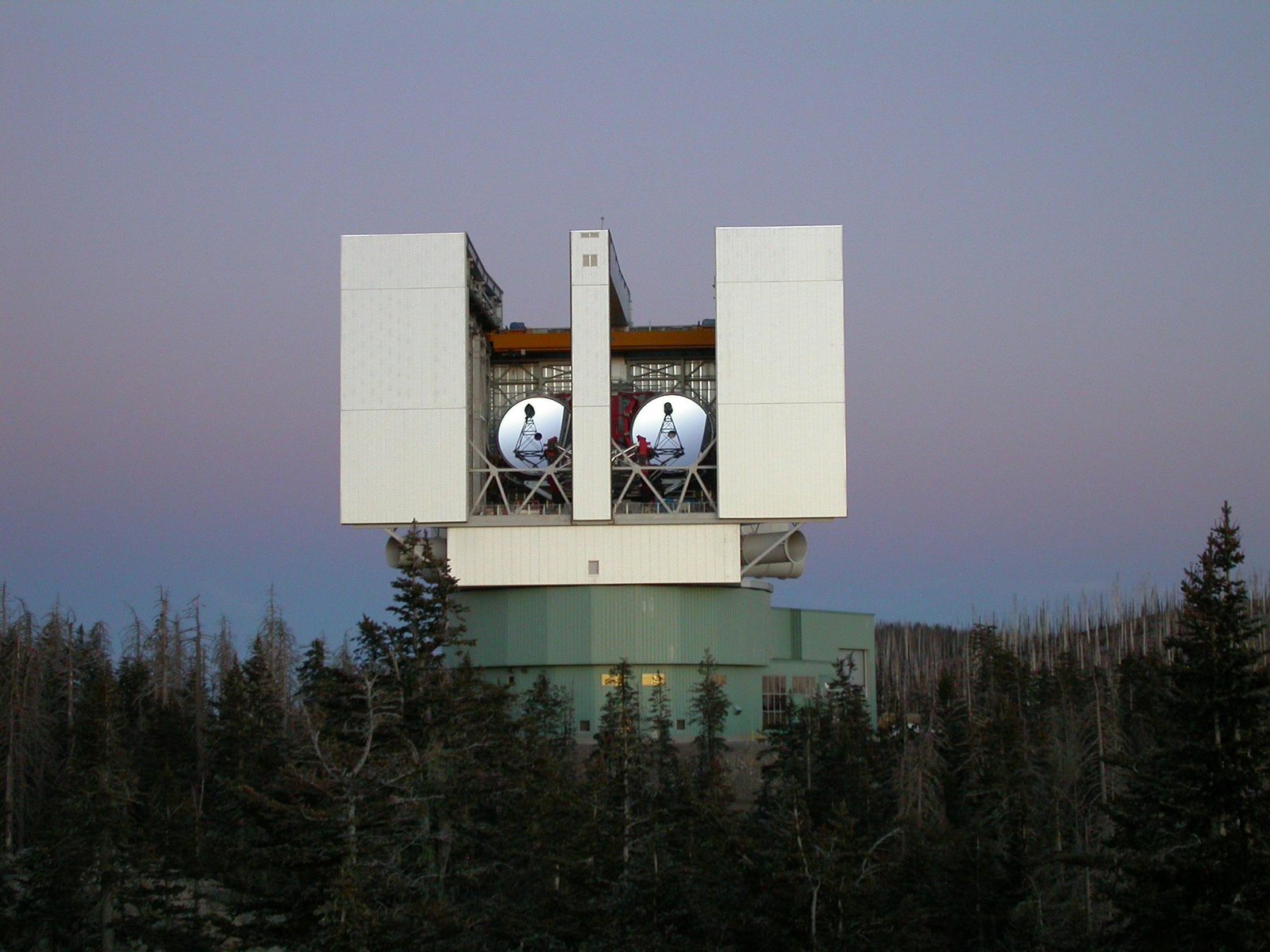
On Mount Graham in southeastern Arizona stands one of the most advanced telescopes ever built: the Large Binocular Telescope (LBT). This unique instrument features two 8.4-meter mirrors working together to create the resolving power of a 22.8-meter telescope. The LBT can see details on the surface of stars other than the Sun and has the potential to directly image planets around nearby stars. Its sophisticated adaptive optics system, developed with expertise from Arizona institutions, corrects for atmospheric turbulence in real-time, producing images sharper than those from space telescopes. The telescope represents a new generation of ground-based instruments that rival space observatories in their capabilities while costing a fraction of the price to build and operate.
Catalina Sky Survey Protects Earth from Impact

The Catalina Sky Survey, operated by the University of Arizona, has become one of the most productive programs for discovering potentially hazardous asteroids. Using telescopes in the Catalina Mountains north of Tucson, the survey has discovered more than half of all known near-Earth asteroids. The program operates every clear night, systematically scanning the sky for moving objects that could pose a threat to our planet. Their discoveries have led to follow-up observations that determine precise orbits and assess impact risks for centuries into the future. The survey’s work is crucial for planetary defense, providing the early warning necessary to potentially deflect a dangerous asteroid if one is found to be on a collision course with Earth.
Mars Analog Research Stations Test Human Survival
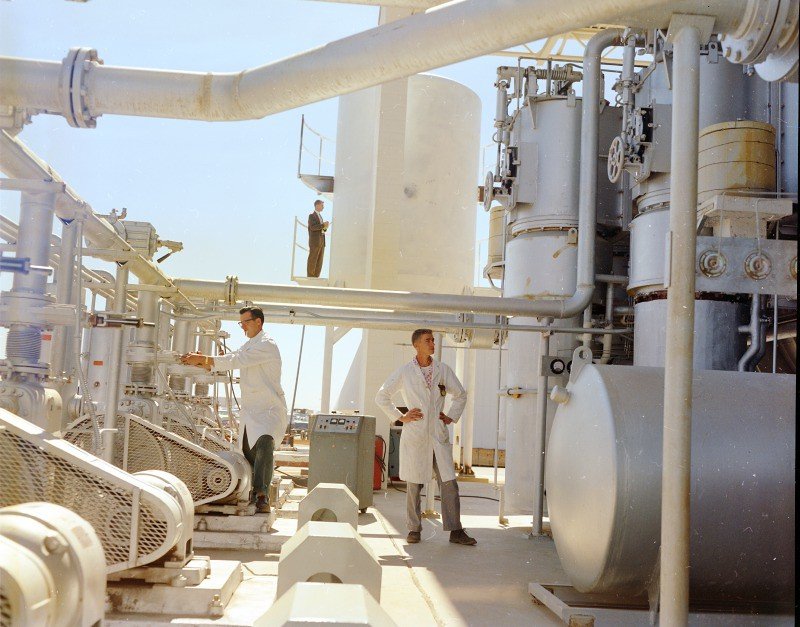
Arizona’s desert landscapes serve as Earth’s closest analog to Martian conditions, making the state a natural laboratory for testing human survival strategies on other planets. The Mars Desert Research Station in Utah may get more attention, but Arizona hosts numerous smaller-scale analog research projects that study everything from habitat design to psychological effects of isolation. These research stations simulate the challenges that future Mars colonists will face, including limited resources, equipment failures, and the need for teamwork in stressful situations. The lessons learned from these analog missions directly influence the design of life support systems, habitat modules, and mission protocols for future human missions to Mars. Arizona’s diverse environments provide testing grounds for a wide range of scenarios that astronauts might encounter on other worlds.
Planetary Science Institute Advances Deep Space Research

The Planetary Science Institute, headquartered in Tucson, represents a new model for scientific research: a nonprofit organization dedicated entirely to planetary exploration without the constraints of traditional academic institutions. Founded in 1972, PSI has grown to become one of the world’s largest organizations focused on solar system research. The institute’s scientists participate in virtually every major planetary mission, contributing expertise in areas ranging from asteroid dynamics to atmospheric modeling. Their work spans the entire solar system, from studying the Sun’s effects on planetary atmospheres to understanding the icy moons of the outer planets. PSI’s flexible structure allows rapid response to new discoveries and opportunities, making it an ideal partner for NASA and other space agencies in pushing the boundaries of planetary science.
Vatican Advanced Technology Telescope Combines Faith and Science
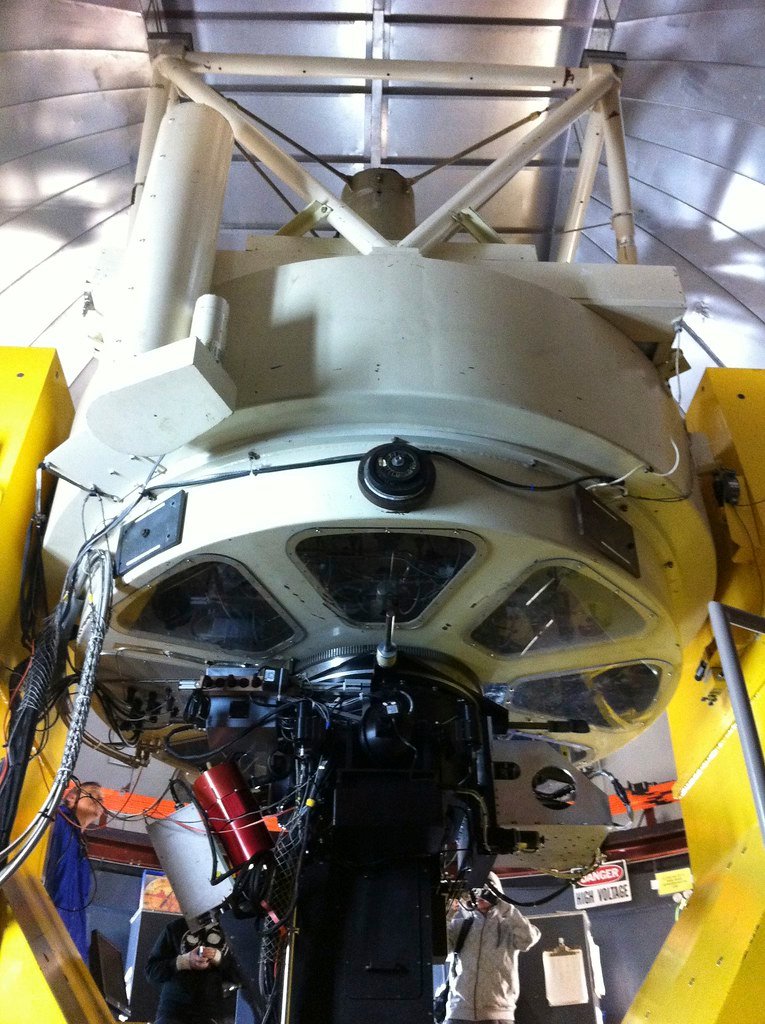
On Mount Graham, alongside other world-class observatories, sits the Vatican Advanced Technology Telescope, demonstrating that Arizona’s excellent astronomical conditions attract even religious institutions to pursue scientific research. This sophisticated instrument, operated by the Vatican Observatory, conducts cutting-edge research in stellar astrophysics and cosmology. The telescope’s presence in Arizona highlights the state’s reputation as a premier location for astronomical observation, attracting institutions from around the world. The Vatican telescope has contributed to studies of stellar evolution, galaxy formation, and the search for exoplanets, proving that questions about the cosmos transcend cultural and religious boundaries. Its work exemplifies how Arizona’s unique conditions enable research that advances human understanding of our place in the universe.
Future Missions Launch from Arizona’s Expertise

Arizona’s established infrastructure and expertise continue to play crucial roles in planning future space missions. The state’s institutions are currently involved in developing technologies for NASA’s Artemis program to return humans to the Moon, as well as planning for eventual human missions to Mars. Arizona researchers are working on advanced life support systems, autonomous navigation technologies, and instruments for detecting signs of life on other worlds. The state’s combination of world-class research facilities, ideal testing environments, and experienced workforce makes it a natural hub for the next generation of space exploration. As humanity prepares to become a truly spacefaring species, Arizona’s contributions will remain essential to our success in exploring and understanding the cosmos.
From the moment Clyde Tombaugh spotted that tiny dot moving across the star field to today’s sophisticated missions collecting samples from asteroids, Arizona has been at the forefront of humanity’s greatest adventure. The state’s unique combination of clear skies, diverse landscapes, and world-class institutions has made it an indispensable partner in our quest to understand the universe. As we stand on the brink of becoming a multi-planetary species, the lessons learned and technologies developed in Arizona’s deserts and laboratories will guide us to Mars and beyond. What other discoveries await us in the cosmic frontier that Arizona continues to help us explore?

